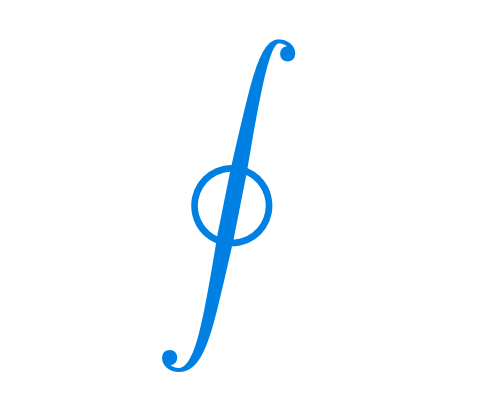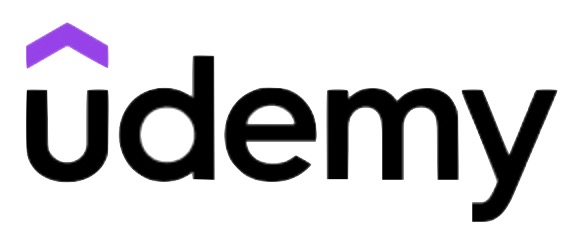Calculus 3, part 2 of 2
A total of 44.5 hours of Video in 200 lectures
This is an academic level course for university and college engineering. Due to its size, it is divided into two parts.

Level - Intermediate
You need to be familiar with Calculus 1 and Calculus 2 and some Linear Algebra before you can make full use of this course. You should also have worked through part 1 of this course beforehand.
Curriculum
Make sure that you check with your professor what parts of the course you will need for your exam. Such things vary from country to country, from university to university, and they can even vary from year to year at the same university.
Calculus 3, part 2 of 2
Outline part 2
A detailed list of all the lectures in part 2 of the course, including which theorems will be discussed and which problems will be solved. If you are looking for a particular kind of problem or a particular concept, this is where you should look first.

Get Calculus 3 part 2 on Udemy
When you buy the course on Udemy, you get access to it for life. There is just a one-time fee. The prices do vary a lot on Udemy, but if you use our link by clicking on this panel, you will get the best current price. See also our page on “coupon codes” in the menu (the current code is TPOT_APR25).

I have purchased both part 1 and part 2, and strongly recommend it if you do not like the way your university is teaching the subject, or if you want to get complete understanding of the subject, in WAY less time. This is probably the best investment I have made in my time in University! Hania is the best!